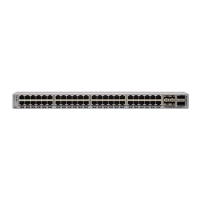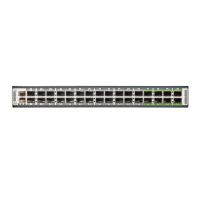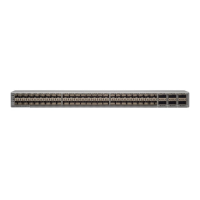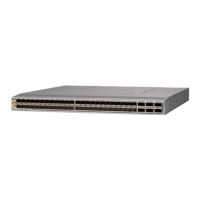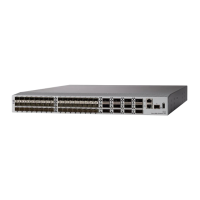CHAPTER 2
Preparing the Site
•
Temperature Requirements, page 9
•
Humidity Requirements, page 9
•
Altitude Requirements, page 10
•
Dust and Particulate Requirements, page 10
•
Minimizing Electromagnetic and Radio Frequency Interference, page 10
•
Shock and Vibration Requirements, page 11
•
Grounding Requirements, page 11
•
Planning for Power Requirements, page 11
•
Airflow Requirements, page 13
•
Rack and Cabinet Requirements, page 13
•
Clearance Requirements, page 14
Temperature Requirements
The switch requires an operating temperature of 32 to 104 degrees Fahrenheit (0 to 40 degrees Celsius). If
the switch is not operating, the temperature must be between –40 to 158 degrees Fahrenheit (–40 to 70 degrees
Celsius).
Humidity Requirements
High humidity can cause moisture to enter the switch. Moisture can cause corrosion of internal components
and degradation of properties such as electrical resistance, thermal conductivity, physical strength, and size.
The switch is rated to withstand from 5- to 95-percent (non-condensing) relative humidity.
Buildings in which the climate is controlled by air-conditioning in the warmer months and by heat during the
colder months usually maintain an acceptable level of humidity for the switch equipment. However, if the
switch is located in an unusually humid location, you should use a dehumidifier to maintain the humidity
within an acceptable range.
Cisco Nexus 9348GC-FXP NX-OS Mode Hardware Installation Guide
9
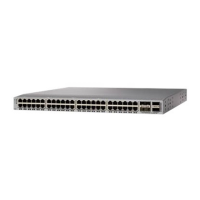
